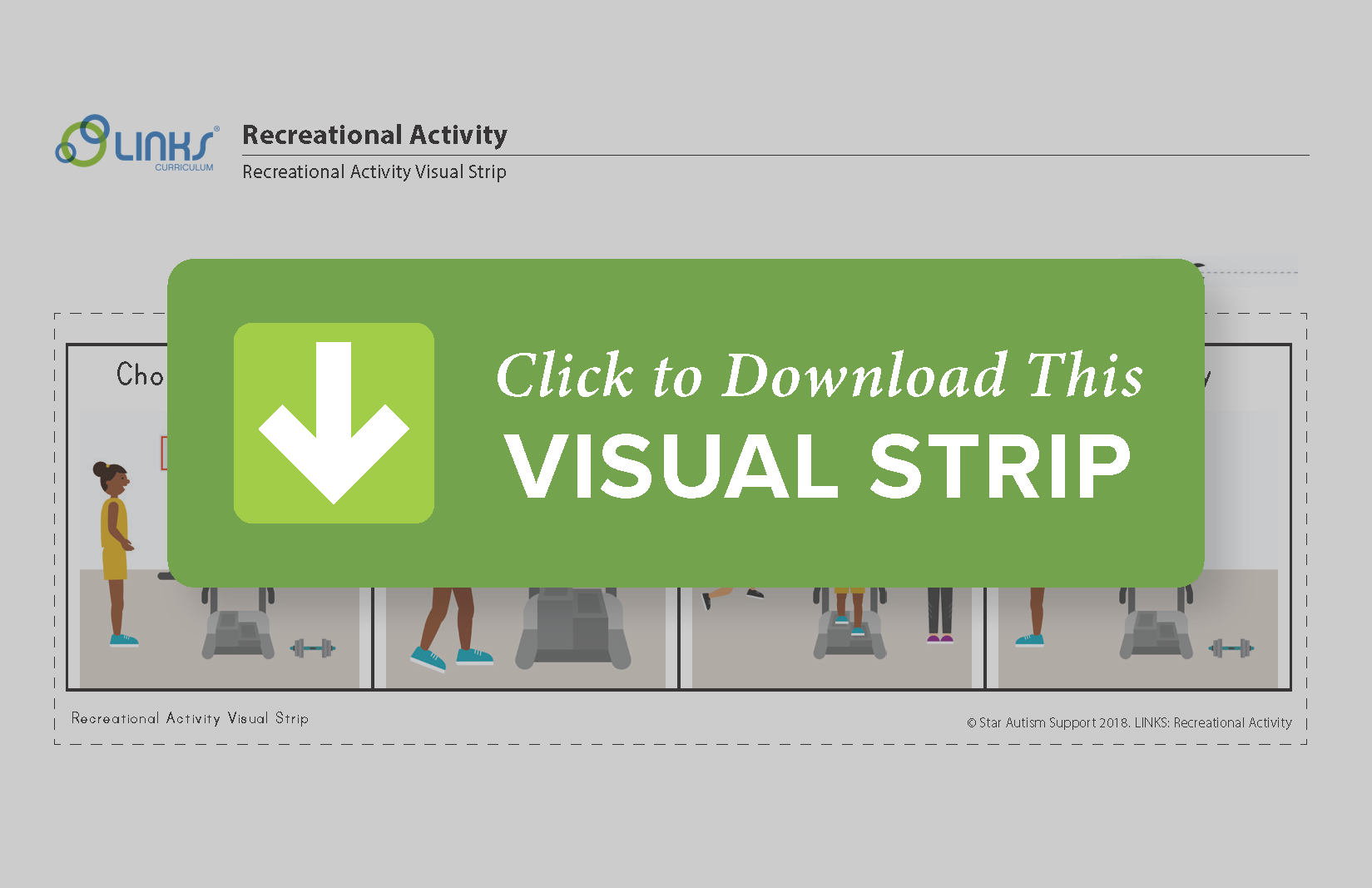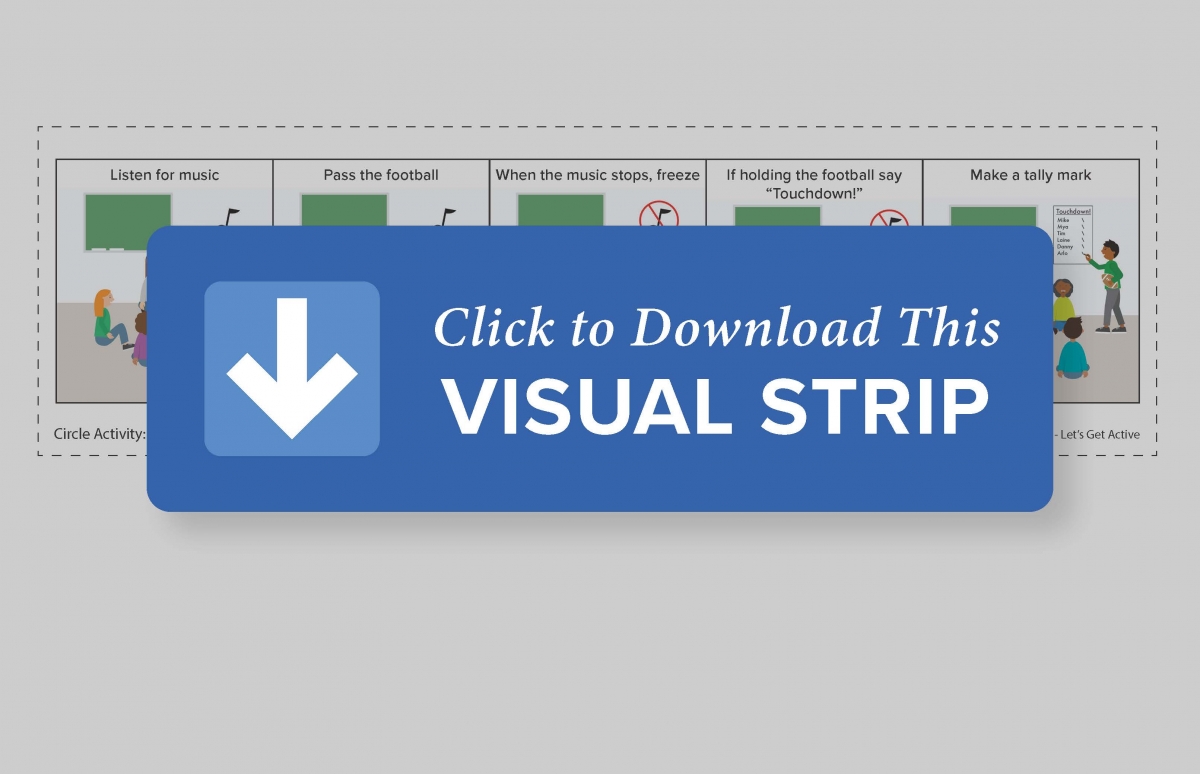Successful Specials: Unexpected Opportunities for Skill Generalization
Specials can be the best part of a student’s day—but for many students, specials are the most challenging part of their time at school. We’ve seen students successfully exhibit joint attention skills, follow simple routines, imitate actions, and request preferred items in the classroom. But those same skills disappear as soon as they get to the gym or the music room.
P.E., for instance, is one of those specials that students often struggle with. Whether it’s held outside or in the gym, the P.E. experience can be overwhelming. On top of the social interaction demands of this setting (waiting, sharing, turn-taking, playing cooperatively, making choices, etc.), P.E. incorporates routines such as finding and getting equipment, using it appropriately, putting it away, and transitioning to the next activity. Add to this the gross motor demands of stretches and exercises, and it’s easy to see why this special can be too much without proper supports in place.
Here are some steps to make P.E. a positive experience for both teachers and students:
1. Break down the expectations for class. Identify the specific behaviors you want students to exhibit and prepare the necessary environmental supports for students to succeed. Develop a functional routine tailored specifically to P.E.:
a. For elementary students, use the STAR Level III, Lesson 15: P.E. Class Functional Routine, and assess the student on each step of the routine. If needed, modify, add, or delete steps using the blank routine form located in the Blackline Master book. Collect baseline data as appropriate, let the data tell you what to focus on, and your game plan will start to come into focus.
b. For secondary students, use the Links Routine Assessment to select the appropriate routine. Then, create and individualize a P.E. routine for the student.
2. Based on the data from the routine you have selected and individualized, teach the routine using the pre-made supports available:
a. Check out the Routine Essentials section of the STAR Media Center for visual supports to assist with a P.E. routine. These include both specific visuals for exercising—such as recess activity images—and routine action icons like, “Find equipment,” “Choose partner,” and “Exercise.” We know that following steps of a routine with appropriate visual supports works well for a lot of students, but it may not be as effective for others without also incorporating a reinforcement component. If your student is working with a token board, integrate it into the P.E. experience. If it’s easy to access old VHS boxes, then you might consider getting your hands on one to make a portable schedule. Within the VHS box or similar container, you can keep edibles or small toys inside it to use for reinforcers as needed.
b. For older students, check out the Routine Teaching Units, Dressing for Physical Education and Participating in a Recreational Activity. These units contain a wealth of resources for visual supports and teaching ideas.
3. Finally, don’t forget that students need to be taught basic skills to participate in P.E.:
a. Use the STAR Student Learning Profile and the Links Lesson Assessment to ensure students have prerequisite skills to be successful. Skills such as motor imitation, requesting, attending to task, and many other basic skills are essential for success in P.E. and other specials.
b. Set aside gross motor time to teach students some of the exercises they might be asked to perform during P.E.
c. Consider video modeling! Many students will be excited about creating videos to help pre-teach skills needed for P.E.
Specials don’t have to be a source of anxiety for students and teachers! With the right supports and routine customization, your students can succeed both in and out of the classroom.


